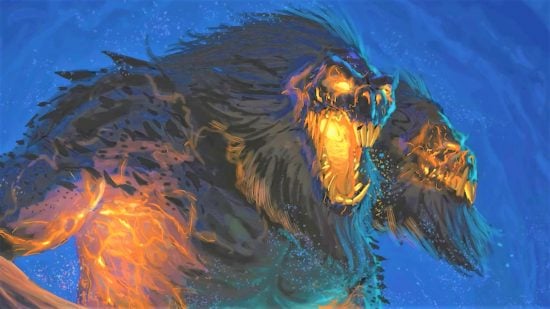On February 13, third-party D&D publisher Kobold Press unveiled the first playtest for Project Black Flag. The new RPG system was announced after the DnD OGL controversy, but it’s apparently been in the works since summer 2022. Playtest one introduces some of the system’s rules, races (“lineages), subraces (“heritages”), backgrounds, and feats (“talents”). We’re using the standard D&D terms deliberately here; so far, Project Black Flag looks remarkably like 5e with a few quality-of-life tweaks.
Kobold Press made it clear early on that Project Black Flag would be compatible with 5e. The first playtest seems to make no major changes to the D&D system, reproducing DnD backgrounds, DnD races, and 5e feats with some shifts. Creating a character that functions in both systems is as simple as giving the D&D character a first-level feat to boost their power – something already introduced in One D&D playtests.
Though small, the differences in Project Black Flag do have an impact on play. The methods for calculating ability scores appear slightly more generous, and certain talents can only be chosen by particular classes or backgrounds. Several D&D feats have got new features: for example, the Elemental Adept feat is now the Elemental Savant talent, which lets you convert spell damage to a specific elemental type as well as treat any one on a damage die as a two.
Heritages/subraces have seen the biggest shift. Project Black Flag introduces new heritage options for Dwarves, Elves, and Humans, and you can now mix and match. The Fireforge heritage may be commonly associated with Dwarves, but it’s possible to create a Fireforge Human. D&D has previously had to make changes to its problematic portrayal of race. This seems like a solid step forward in divorcing race from ability – something D&D is also doing through One DnD backgrounds.
It’s hard to tell how similar Project Black Flag and D&D will be overall from the small playtest document released so far. However, the initial impression is one that feels vaguely familiar.
